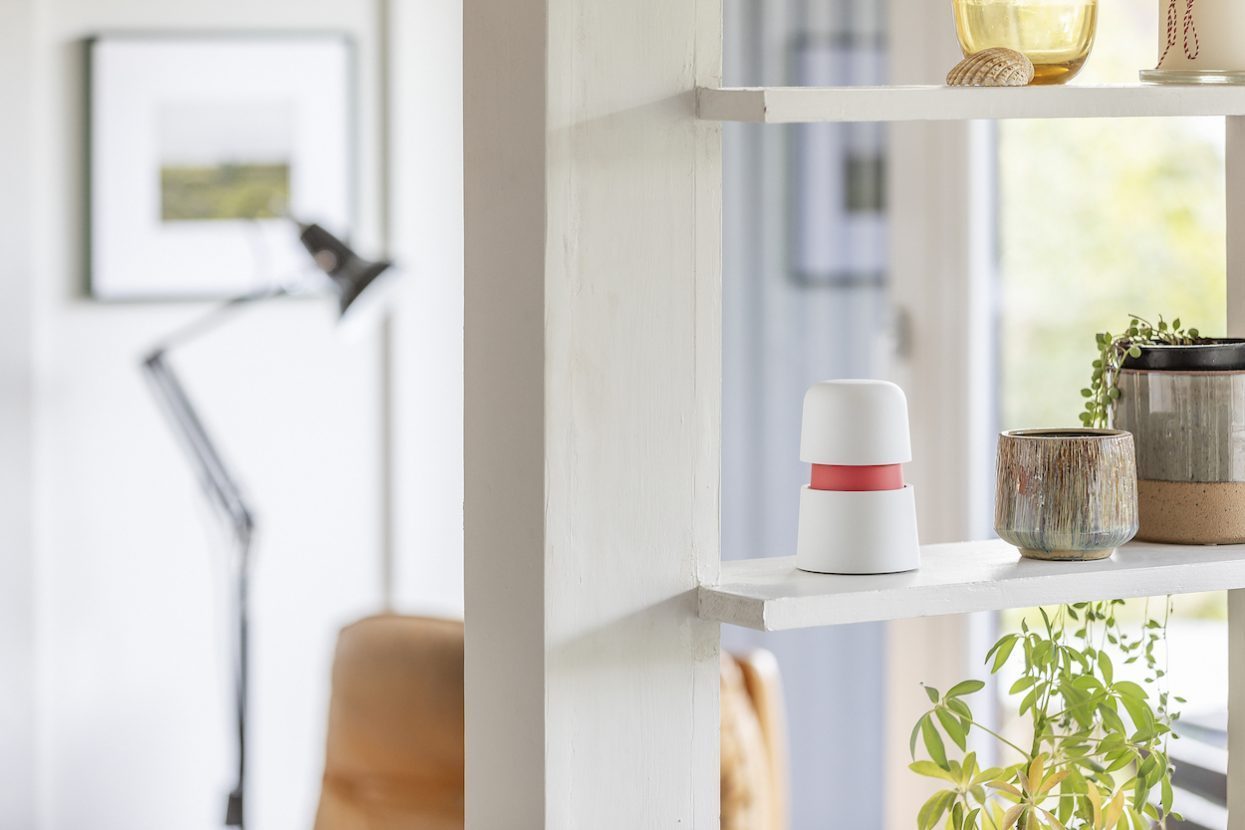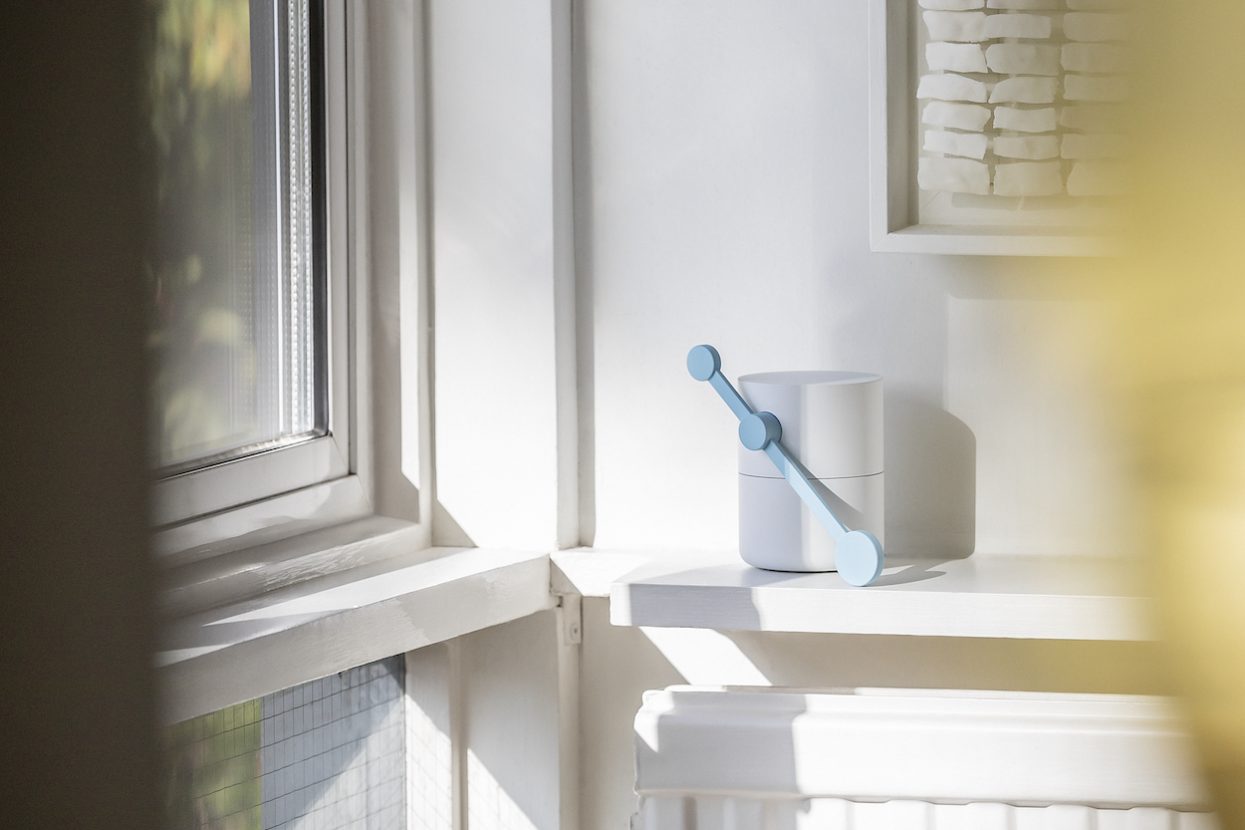Instead of shrill pings and invasive vibrations, what if mobile devices alerted us to notifications in more subtle ways? Google’s Seed Studio in collaboration with Map Project Office is envisioning what a serene, ping-free world might look like through its latest project, Little Signals, in which six hypothetical devices are programmed to alert new texts, emails, Slacks, and other notifications in softer, more nuanced ways—think ambient sounds that increase in volume with more pressing news and pulses of air rustling nearby plants. The sensorial cues covertly signal for attention, keeping smartphone users in the loop by only moving from the background to the foreground as needed.
“Through the lens of ambient computing, we’re imagining new ways to interact with technology—using less of our attention and allowing us to have moments of calm,” says the narrator of a promotional video. “These Little Signals are thought starters of how we can foster new behaviors and relationships with our technology.”
Little Signals adheres to the principles of calm technology, in which devices create ambient awareness through subtle gestures and communicate information without diverting the user from their environment or task. It posits that technology should require the smallest possible amount of attention, create calm, stay within the periphery, and bring out strengths both in itself and in humanity. Tea kettles are a prime example—they whistle when water is boiled, but remain quiet and fade into the background the rest of the time.
The project highlights a growing conversation about the uphill battle of seeking balance with technology. While advances have made personal and professional lives much more comfortable and productive, too much engagement can cause digital fatigue. (Zoom fatigue is one example.) Besides the physical symptoms of strained eyes, headaches, and poor posture, spending too much time online can wreak havoc on one’s mental health.
In the mid to late 2000s, as more people bought mobile devices, responding to messages and emails anytime became the norm; in 2022, it feels like an obligation. Writing for The Atlantic, Joe Pinsker asks a fraught question: “What if we just stopped being so available?” Apple and Google have released apps to help limit the usage of their products, but their existence signals that even big tech is aware the situation has gotten out of hand.
Still, it’s no surprise that Google is toying with calm technology. Under the helm of Ivy Ross, Google’s vice president of hardware design and user experience, the company has amassed a portfolio of light-hearted, approachable consumer tech products. For example, the Google Mini Home, available in pastel colors and delicate speaker fabrics, eschews convention—its rounded contours resemble river stones rather than jagged lines and inorganic shapes. The approach is the result of Ross facilitating conversations around neuroaesthetics, which explores how design impacts our biology. With non-invasive tech at its core, Little Signals is attempting to push that dialogue forward.

